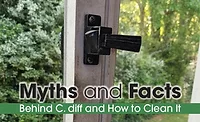Key Steps to Effective Vehicle Trauma Scene Cleaning
For Sale: Classic Corvette “Slight odor”


Photo courtesy of MythBusters.
Gone are the days of the classic car find for a great deal. I remember the urban legends back in high school where you would hear that some lucky soul got a 1963 classic corvette that someone died in. The reason for the great deal was the lingering odor. Well those days are long gone now with the advancement of cleaning techniques that have been developed as well as an arsenal of deodorizing supplies and machines. Cleaning and decontaminating a trauma involved vehicle can be the equivalency of gingerly taking apart a 1000-piece puzzle, cleaning about 750 of the puzzle pieces and then putting it all back together as if nothing had ever happened.
Step one, no matter how simple the cleaning detail can be, if you are going to remove any hardware, disconnect the battery. Airbags have a hairy trigger finger. When you put together your assessment and game plan, it is wise to do your homework on each vehicle you process. Like any great boxer going into the ring, you must size up your opponent. Know their strengths and weaknesses. Know how many airbags are in the vehicle and their locations. Keep in mind the vehicle inventory of recalled Takata faulty airbags recall in your assessment and how easily they deploy.
Those of us that have worked trauma scenes, know that blood and bodily fluids are like water; they travel the path of least resistance. Unlike in your typical home, a vehicle has more cracks, crevasses for fluids to make their way to and into.
If your services include trauma clean up of vehicles, it is best to have your own work shop or an office warehouse space before advertising these services. In most cases you can never bring enough tools and equipment with you. This creates a distraction for your client’s employees as well as their employees creating an additional hazard and liability to you. It is best to bring the patient to you, into your controlled environment.
Some vehicles can take a few days to properly forensically restore. You can never bring enough tools; some vehicles require specific tools for a specific make and or model made by the manufacture. So, it also important to make sure you have what is referred to as “Garage Keepers Insurance.” This is a distinctive coverage to protect you and the vehicle from damages, fire and theft should it occur. Your General Liability will not cover this type of loss.
Once you have the vehicle secured in your warehouse and the battery is disconnected you will want to place it on rolling wheel dolly.
This will allow you the flexibility to move the vehicle with just one or two people. You can also lock it into place. This will also allow you to set up a large safety zone to roll the vehicle on top of. Should it be necessary you can now easily erect a large containment barrier to create negative air flow with a HEPA system. If you are dealing with a decomposition in a vehicle this makes it possible to roll the vehicle in and out of your warehouse as needed.
When disassembling the vehicle, a great tool to have in your warehouse is a large screen monitor hooked up to a laptop. YouTube is a great source to search and view how to disassemble any part from any vehicle. When you start your disassembly, you will have to photo document all your actions. You will thank yourself for when it comes time to reassemble everything. When you disassemble and clean each piece, keep them in a clean staging area. You will want to use one-gallon zip lockbags for all your smaller parts and mark each bag accordingly and tag all the larger pieces. When we dissemble a vehicle sometimes the auction house does not want it reassembled. However, you can create added value for your service for the auction house or body shop by placing the clean, carefully marked, tagged, and bagged up parts back in the vehicle.
Any vehicle is ultimately a sponge. A sponge for fluids as well as a sponge for odor absorption. Wicking of fluids can occur on any soft surface. A problem our firm came across in 2010 after the economy crash was the closing of automotive plants. This created a problem for obtaining aftermarket and OEM parts to rebuild the interior. Sometimes automotive salvage yards could not locate the quality of a replacement part required. We then discovered the Esporta wash system. Our forensic operators would delicately disassemble seats and other soft interior pieces. We would then clean them and remove as much gross filth as possible to securely deliver the soft material to the Esporta Wash System. The average turnaround time for this process is less than a week and that parts are be shipped backed looking like new. The seats needing replacement foam would go to an upholstery shop to be reassembled by their professionals.
You will need to look for every crack and crevasse, under every vent and possibly disassemble and clean wiring harnesses. You cannot remove the odor until you remove all the source. In this particular vehicle the battery is located under the passenger seat. While being loaded to be towed to our facility, the fluids that had puddled in the back seat have shifted into the battery well under the passenger seat.
Odor Removal
Should the opportunity allow weather wise, you will want to place the vehicle in the hot sun with the windows cracked to produce off gassing. In the evenings we will bring the vehicle inside and in a dark environment to introduce Chlorine Dioxide (Pro Kure 1) over night. This process was recreated three times to remediate the odor.
One of the most overlooked odor removal processes of a vehicle is the replacement of the cabin filter. Call you dealership to learn more. Not all vehicles have a cabin filter, and some have more than one.
Case Study / 2015 Mercedes SUV
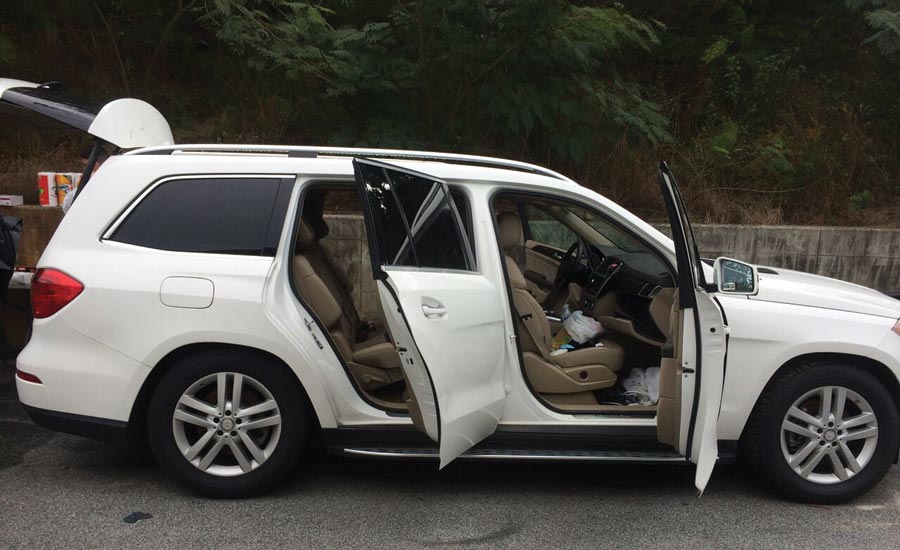
(Photos courtesy of Georgia Clean)
Bank owned / Prepare for auction
Stored for 3 months after 10-day discovery
Suicide / Decomposition
Dead Battery / No Keys
Airbags
- Driver Air Bag
- Passenger Air Bag
- Front Head Air Bag
- Rear Head Air Bag
- Front Side Air Bag
- Rear Side Air Bag (Optional)
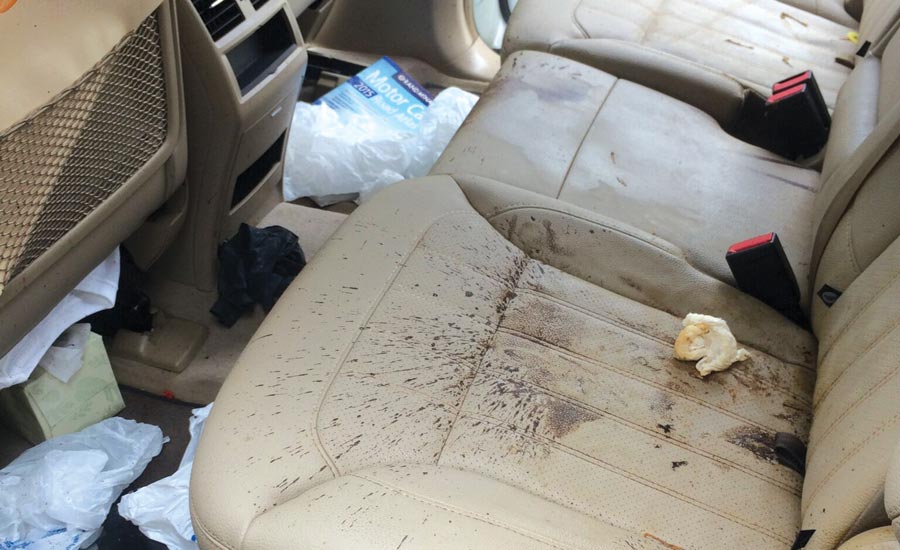
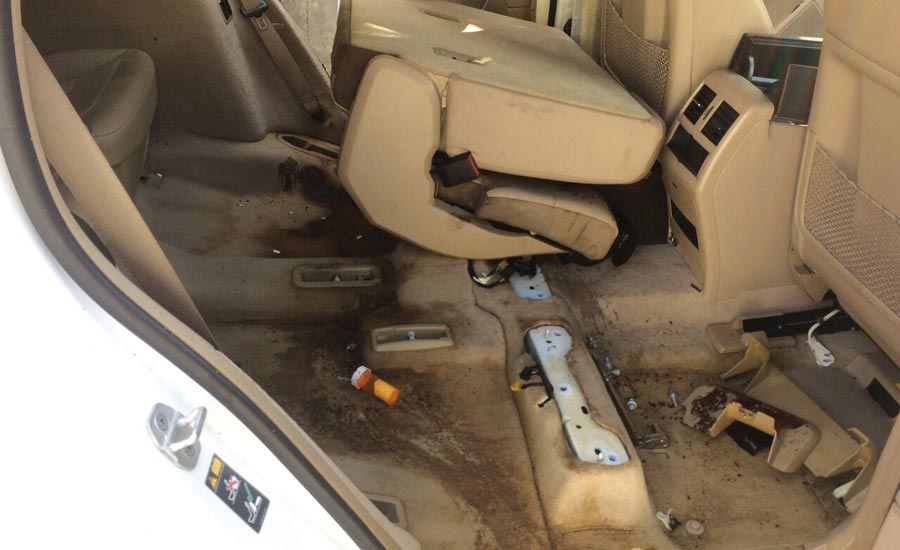

Path of least resistance is where you need focus on proper remediation.
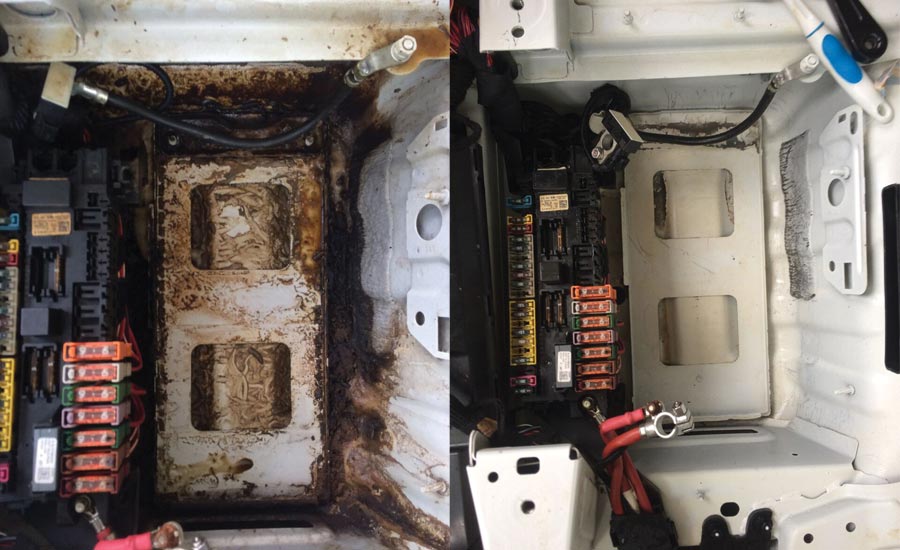
Remedia (a peroxide based solution) with a degreaser additive introduced with a foam trigger loosened the skin and fluids with the assistance of a HEPA VAC. Final rinse is with hot water and shop vacuum for extraction.
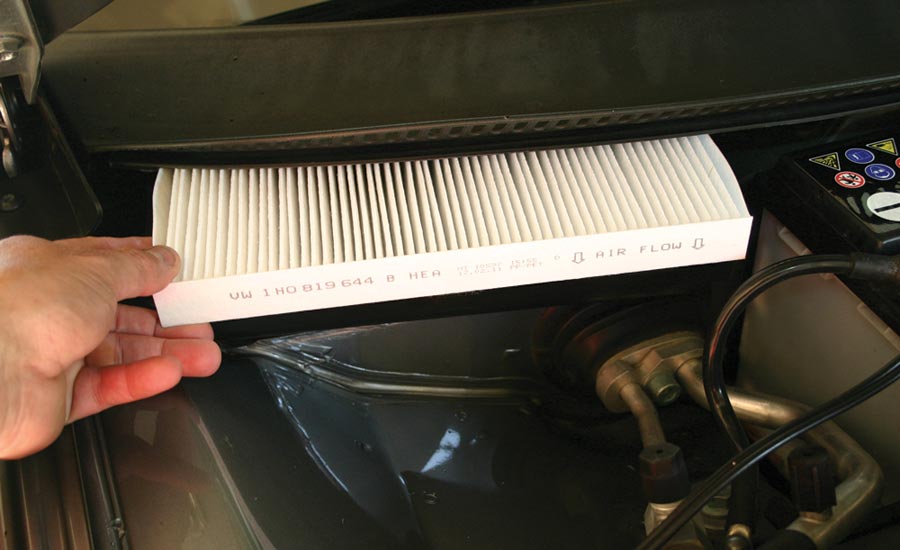
Finally, before delivering any vehicle back you will want to have a professional auto detailer work their magic. The detailer knows how to make the vehicle look show room ready which will make you and your services shine with the client when they see the final product.
Looking for a reprint of this article?
From high-res PDFs to custom plaques, order your copy today!




